
4 hidden signs of iodine deficiency in your skin, hair & nails
Have you been feeling a little off lately? Maybe you’ve noticed unusual lines on your nails, your hands are constantly cold even in the summer, or your hair seems thinner than it used to be. Many people ignore these signs, thinking they’re just cosmetic issues. However, these subtle changes can sometimes point to something more significant happening inside your body. Many individuals, especially women, are walking around with low iodine without even realizing it. This deficiency can interfere with your thyroid function, slow down your metabolism, and show up in small ways on your skin, hair, and nails—often before a blood test can detect it.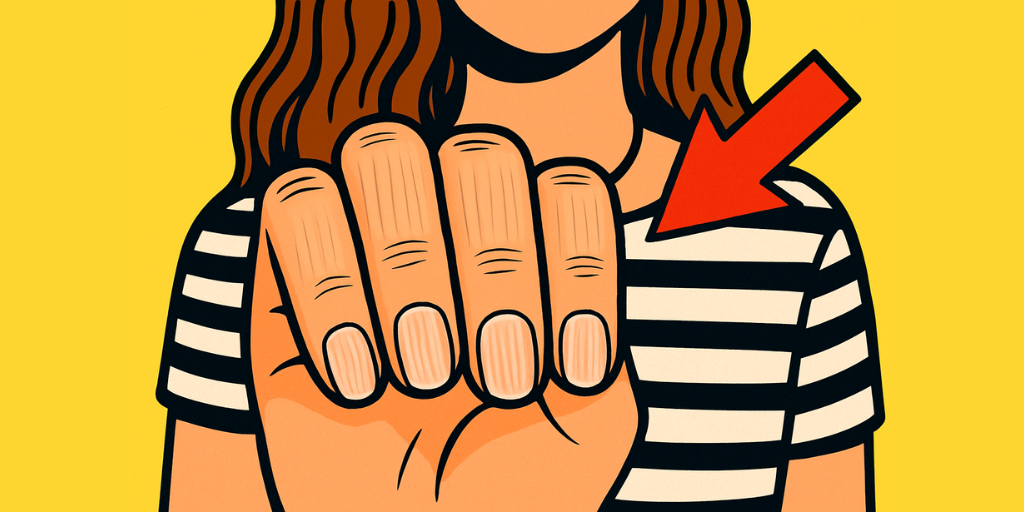
📌 Why Iodine Is Crucial and Why It’s Often Deficient
Iodine is a small yet essential mineral that your body requires to produce thyroid hormones. Think of your thyroid as the control center of your metabolism. It helps regulate energy levels, body temperature, how quickly your cells repair themselves, and even the appearance of your skin and hair. Without sufficient iodine, your thyroid can't produce enough hormones like T3 and T4, which means your body may slow down.
In the past, iodine deficiency was a significant problem. That’s why countries like the United States and Australia began adding iodine to table salt. This helped ensure people were getting enough of this vital mineral. But over time, things have changed. Many people have reduced their salt intake for health reasons or out of concern for blood pressure. Additionally, many have switched to specialty salts like Himalayan salt or sea salt. While these salts are fine and necessary for the body, they usually don’t contain added iodine. As a result, without even realizing it, we’re getting much less iodine in our diets.
There’s also the hormonal aspect to consider. Women, especially those over 40, are more prone to thyroid issues. Conditions like perimenopause, menopause, and insulin resistance can interfere with thyroid function. If your iodine levels are already low, these factors make it even harder for your thyroid to perform at its best. According to the World Health Organization, over two billion people worldwide are not getting enough iodine. This problem isn’t just limited to developing countries; even in places like the U.S., Canada, Australia, and Europe, mild iodine deficiencies are becoming more common. So even if you eat well, you might not be getting enough iodine, especially if you don’t eat much seafood.
Because iodine deficiency can develop slowly, with symptoms like fatigue, cold hands, and changes in your skin and nails, they’re often dismissed as signs of aging or stress. That's why it's so crucial to recognize these subtle signs early, before they lead to more significant problems like hypothyroidism, weight gain, or hormone imbalances.
⚠️ Four Subtle Signs of Low Iodine
👉 1. You’re Always Cold
This is one of the most common symptoms that many women experience without realizing it could be tied to low iodine levels. If you're always cold, especially your hands and feet, it could indicate that your thyroid isn’t functioning properly. When iodine is low, your thyroid can’t produce enough hormones to regulate your body’s internal temperature, which makes it harder to generate heat, even when it should be warm. This is often more noticeable in the mornings and evenings when blood flow slows down. While other issues like low iron or poor circulation can also cause this, if you're experiencing other symptoms we’re discussing, iodine deficiency could be the culprit.
👉 2. Vertical Ridges on Your Nails
Vertical ridges running from the base to the tip of your nails can be another clear sign of iodine deficiency. When your thyroid slows down, so does the process of creating new cells, including the ones that grow your nails. This can lead to noticeable changes like brittle nails that break easily or ridges forming across them. If your nails feel rougher or more brittle than usual, it could be a sign that your iodine levels are low.
👉 3. Thinning or Brittle Hair
Many people notice changes in their hair but don’t connect them to iodine deficiency. The follicles in your hair are highly sensitive to thyroid hormones. When iodine levels are low, your thyroid can’t produce enough of these hormones, disrupting the natural hair growth cycle. This can lead to increased hair loss, especially when brushing or in the shower. Your hair might also appear weaker, duller, or thinner than it used to. Perhaps your ponytail isn’t as thick as before, or you notice more breakage at the ends. This kind of hair thinning is more subtle than male pattern baldness, making it harder to notice initially.
👉 4. Dry or Puffy Skin
Dry, flaky skin or puffiness, especially in the mornings, can be frustrating signs of iodine deficiency. If your skin looks dry, dull, or puffy despite using creams and lotions, low iodine could be the issue. A slow thyroid can hinder your skin’s ability to regenerate, leading to dryness and inflammation. No matter how many skincare products you try, the problem won’t improve if the cause is internal. So, if you’re seeing dry skin along with cold hands, thinning hair, or nail changes, iodine deficiency may be the root cause.
➡️ What You Can Do
If these symptoms sound familiar and you suspect you might have low iodine, here’s what you can do. First, take a look at your diet. The best sources of iodine include seaweed, seafood, and eggs. However, if you don’t eat seafood regularly, don’t use iodized salt, or stick to whole, unprocessed foods, your iodine levels may already be low. Seafood is the most reliable source of iodine, and eggs provide some, but if seafood isn’t a staple in your diet, you may not be getting enough iodine.
The good news is you can take an iodine supplement, which is easy to incorporate into your daily routine. A well-known iodine supplement is J. Crow’s Lugol’s Solution. It’s a trusted and pure form of iodine that’s been around for many years. The recommended dosage is usually two drops per day, which is around 2 to 2.5 milligrams. You can add it to your water for a quick and easy supplement. Lugol’s Solution is beneficial because it contains both iodine and potassium iodide, which support thyroid function from two different angles.
Monitor your symptoms over time. If you notice improvements in your energy, skin, hair, or warmth after changing your diet or starting a supplement, you're likely on the right track. To quickly summarize the four signs: constant coldness (especially in your hands and feet), vertical ridges on your nails, thinning or brittle hair, and dry or puffy skin. If any of these sound familiar, now is the perfect time to check your iodine intake. Low iodine can disrupt your metabolism and thyroid, leading to more health issues down the line.
News in the same category

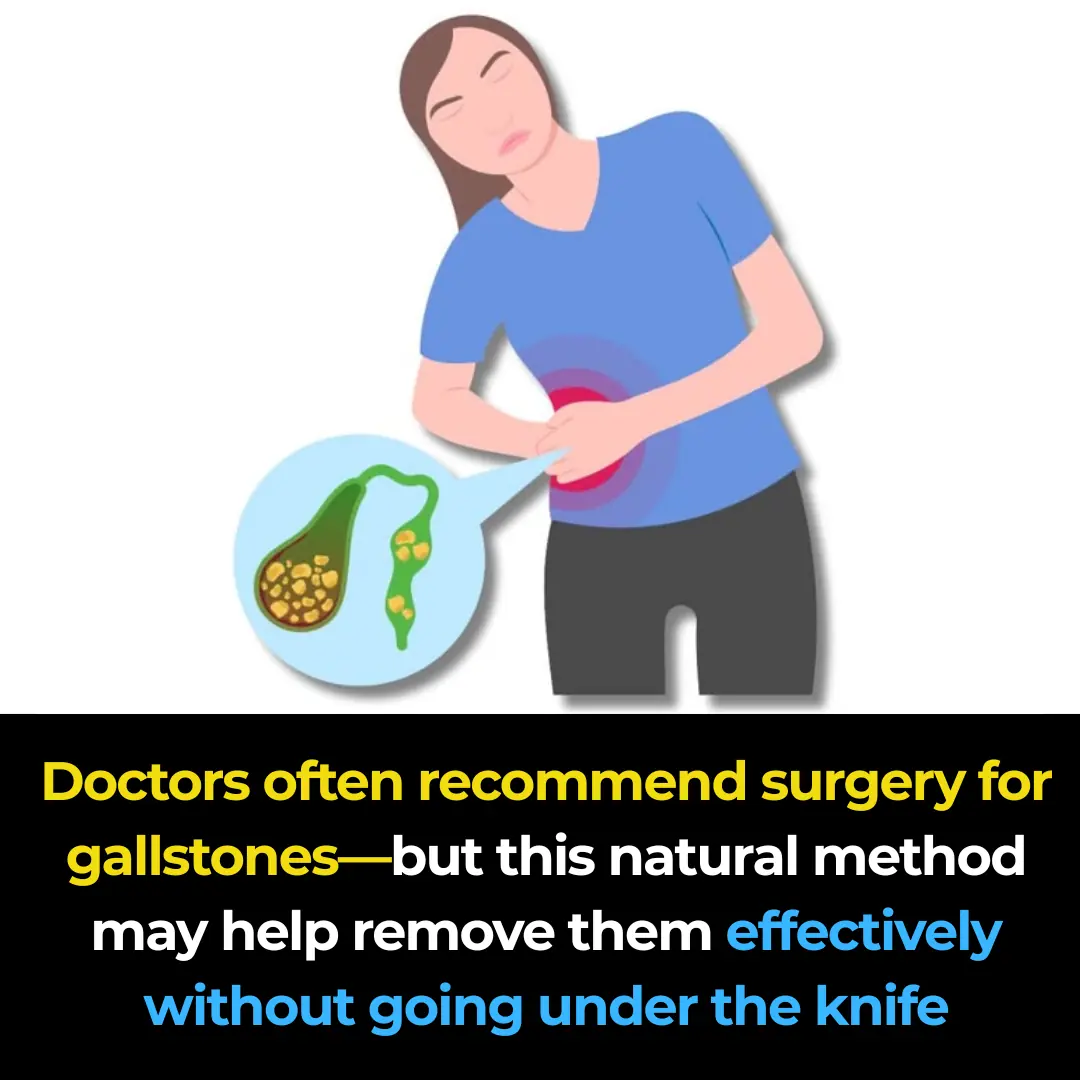
The Most Effective Natural Way to Remove Gallstones

Here's why you should never sleep with the bedroom door open. FIND OUT MORE IN THE COMMENTS ⬇️

The Purple Maguey Plant — Benefits and Traditional Uses
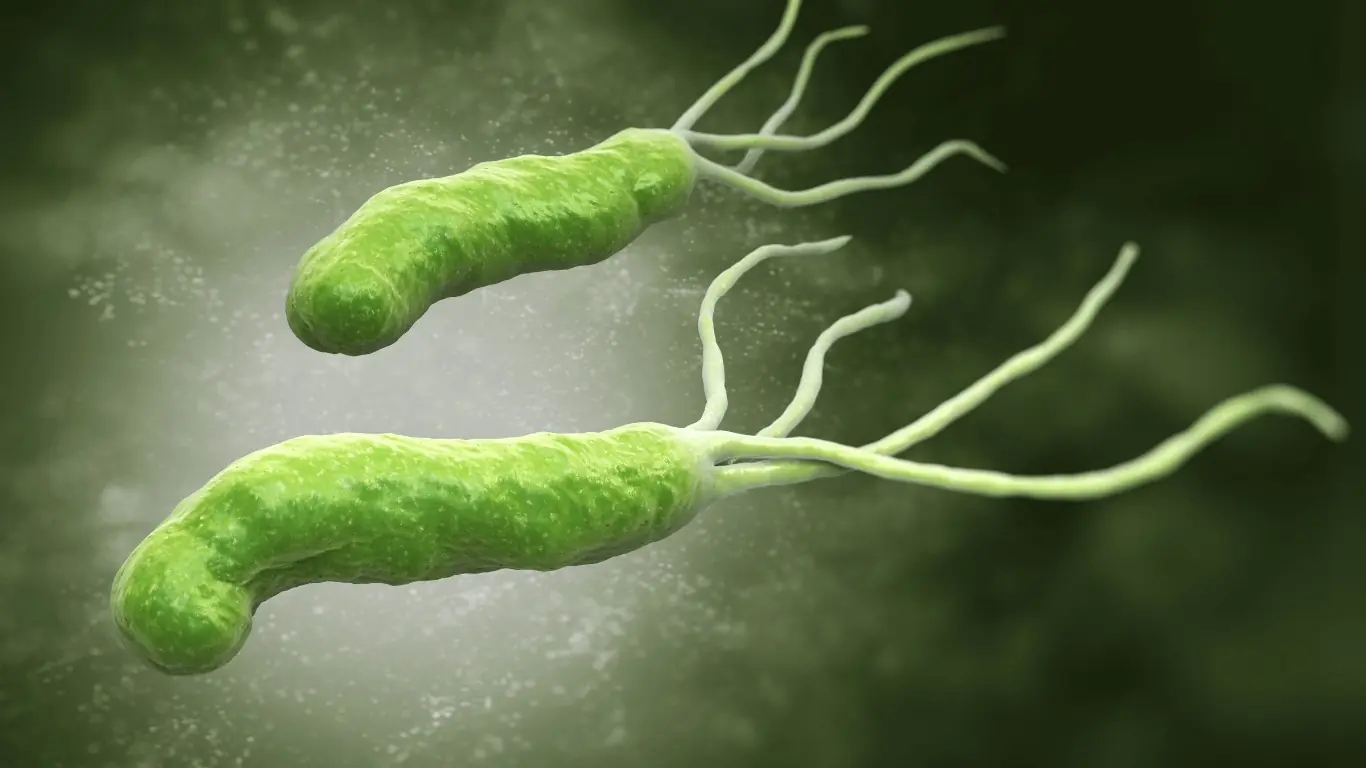
How to Naturally Kill The Bacteria That Causes Bloating And Heartburn
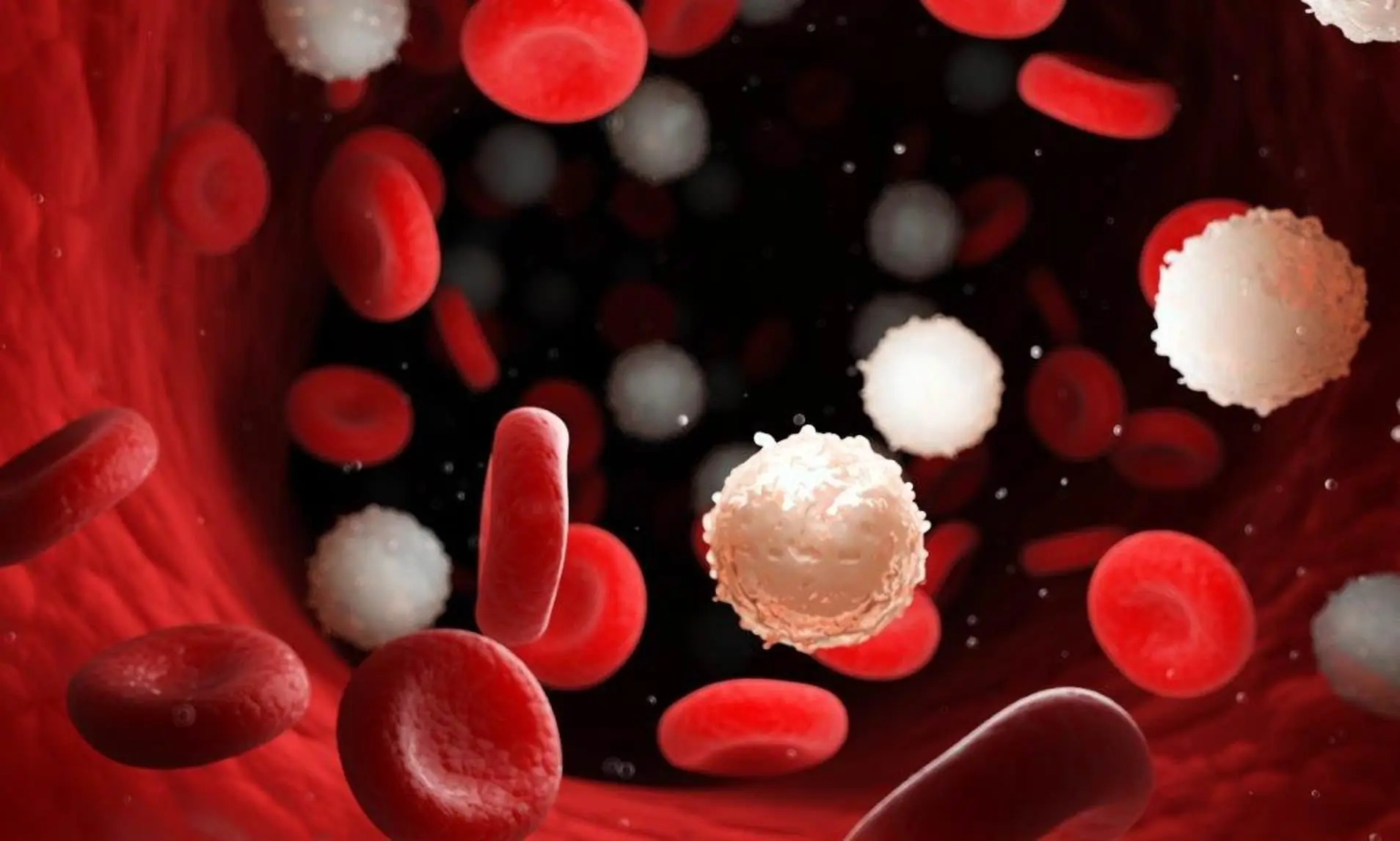
The Health Benefits of Fasting: How It Regenerates Stem Cells, Fights Cancer & Protects Your Heart

Bananas: The Common Fruit That Could Drastically Improve Your Health
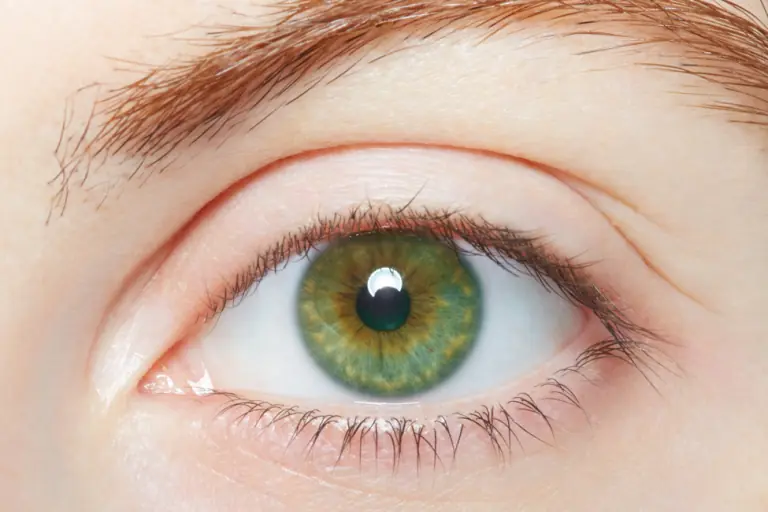
Why People with Green Eyes Are So Fascinating
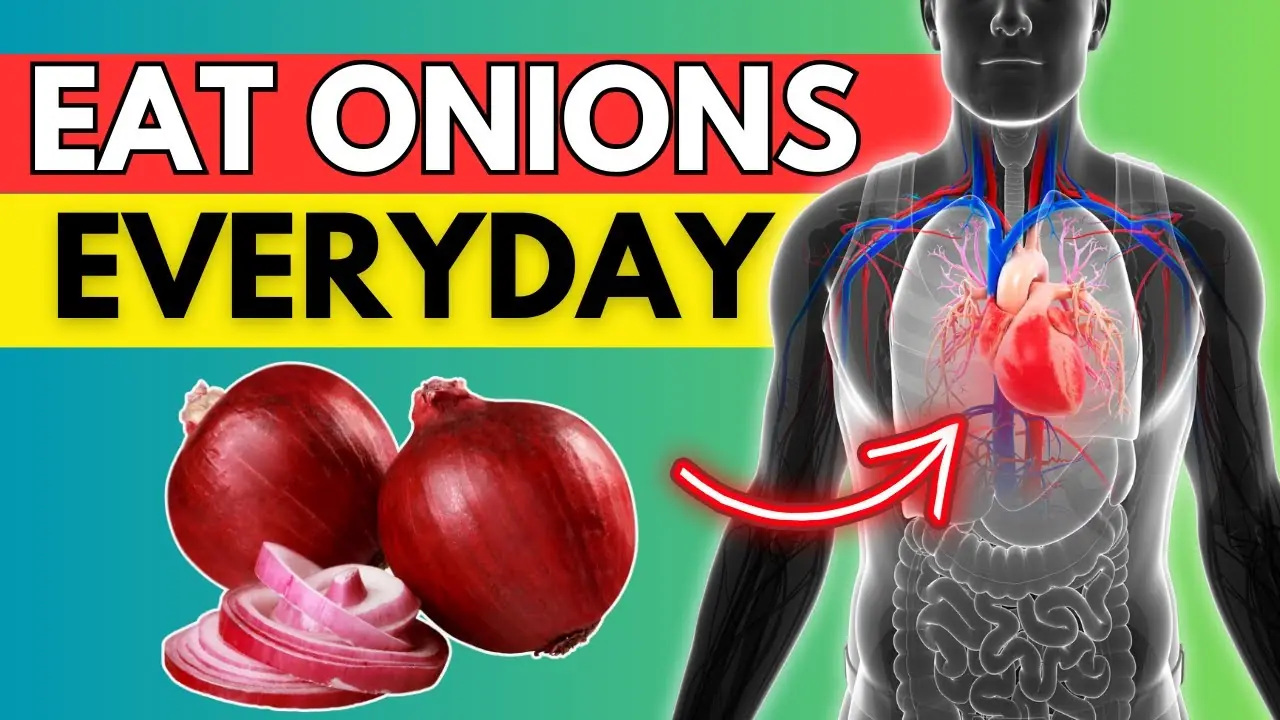
Eat Red Onions Daily and Watch This Happen

What’s the Line Between Normal and Abnormal Nighttime Urination?
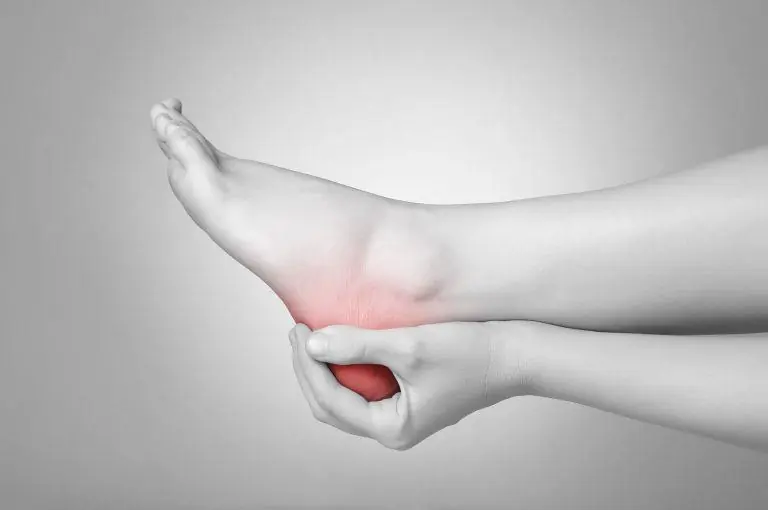
Effective Exercises to Relieve Heel Pain
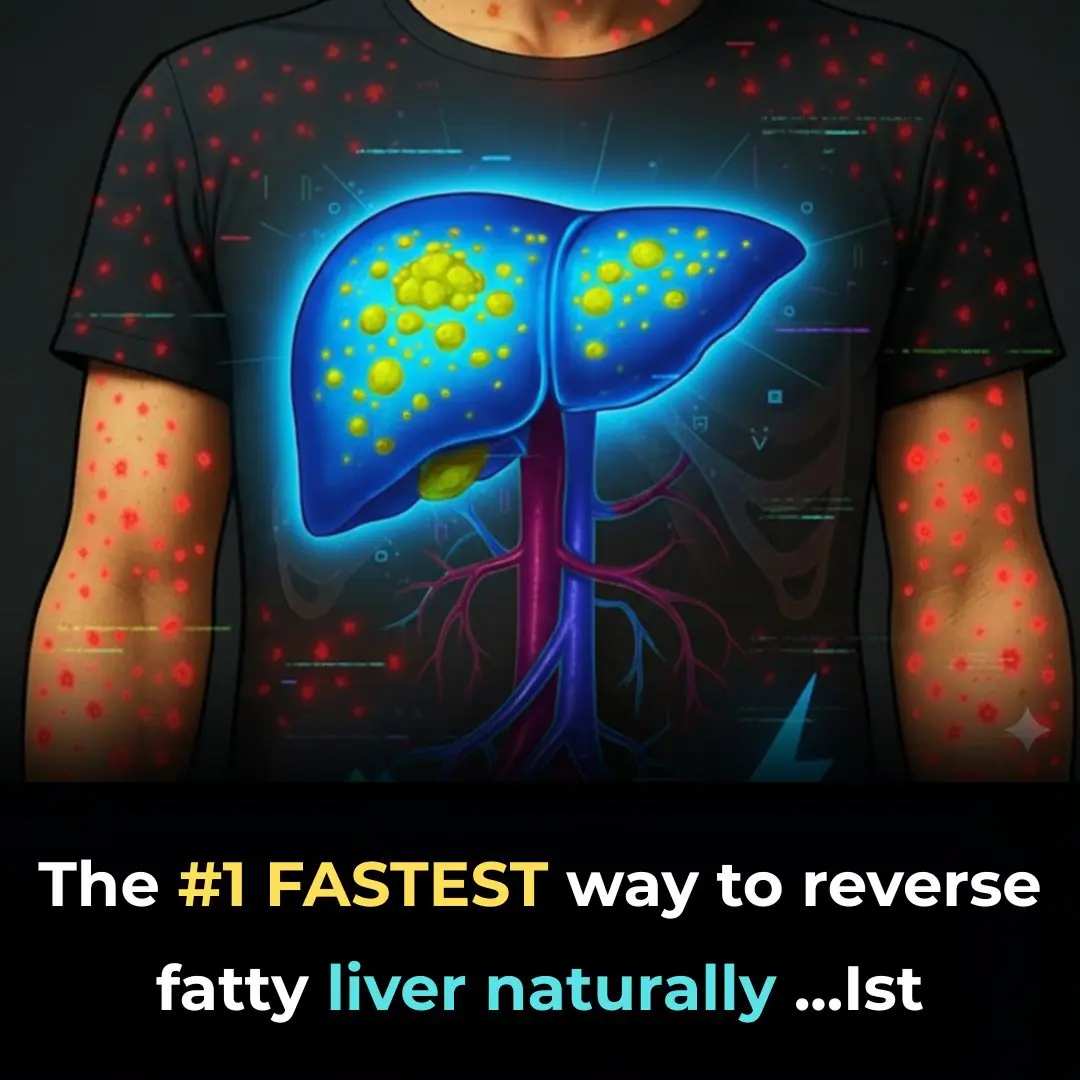
The #1 FASTEST way to reverse fatty liver naturally
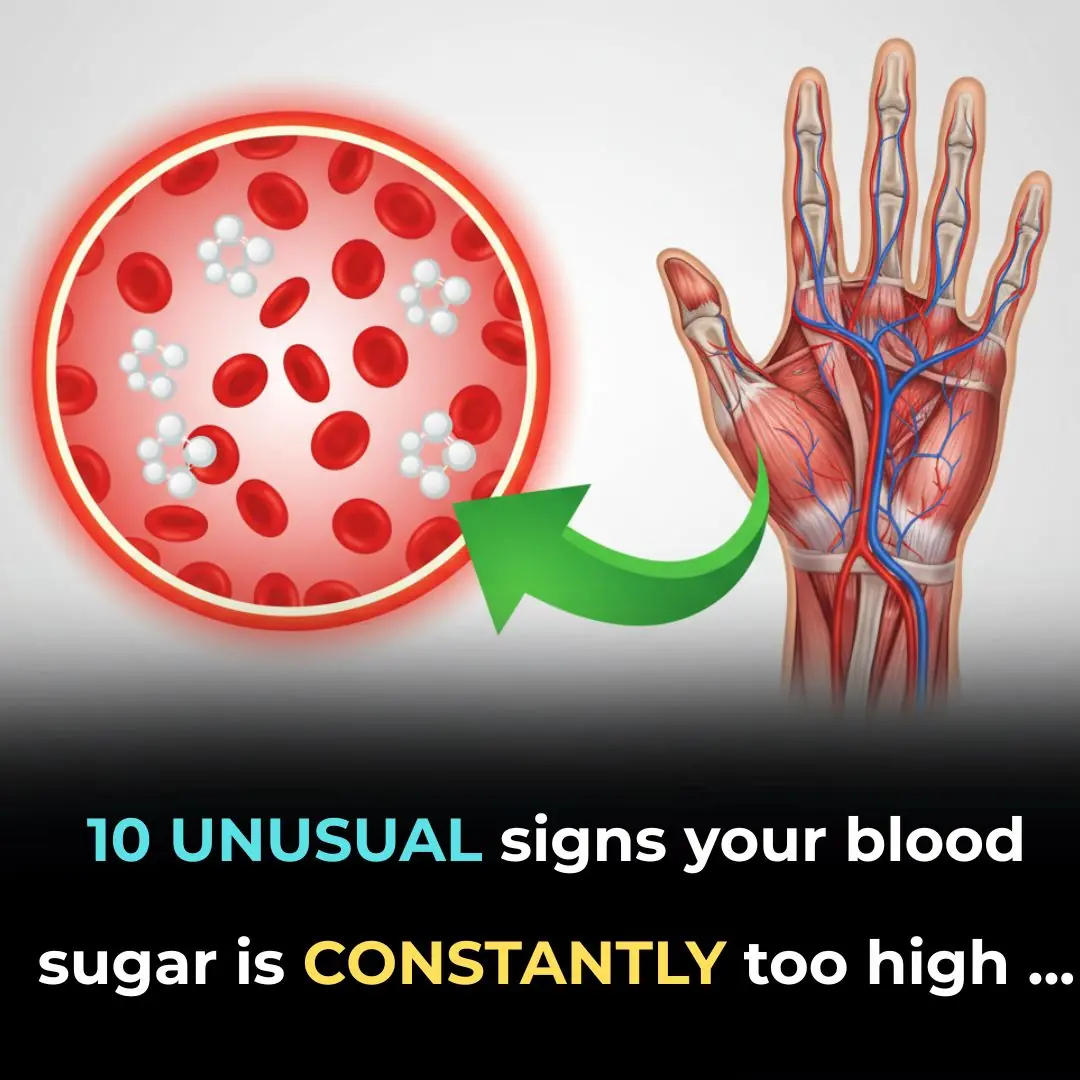
10 Unusual Signs Your Blood Sugar Is Constantly Too High

Horrifying Reality Of What Airport Security Are Able To See

Garlic, Onion & Olive Oil: The Ancient Trio That May Naturally Soothe Varicose Veins
Garlic, onion, and olive oil are humble ingredients with extraordinary benefits for circulation and vein health.
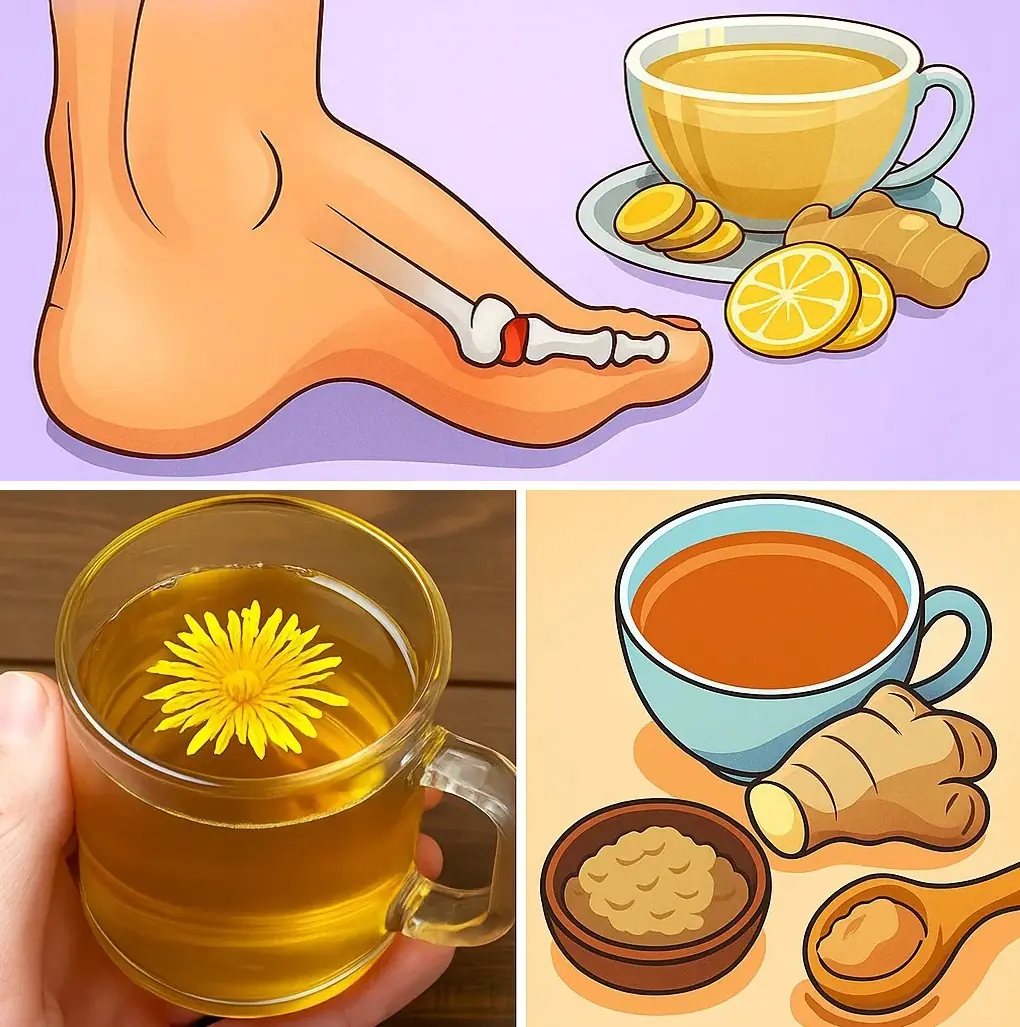
12 Powerful Herbal Teas to Naturally Lower Uric Acid and Ease Gout Pain
These teas work best alongside healthy lifestyle choices—balanced nutrition, hydration, and regular activity.

The surprising benefits of drinking apple cider vinegar before bed

Say Goodbye to Leg Cramps: 8 Vitamins Every Senior Needs for Stronger Legs
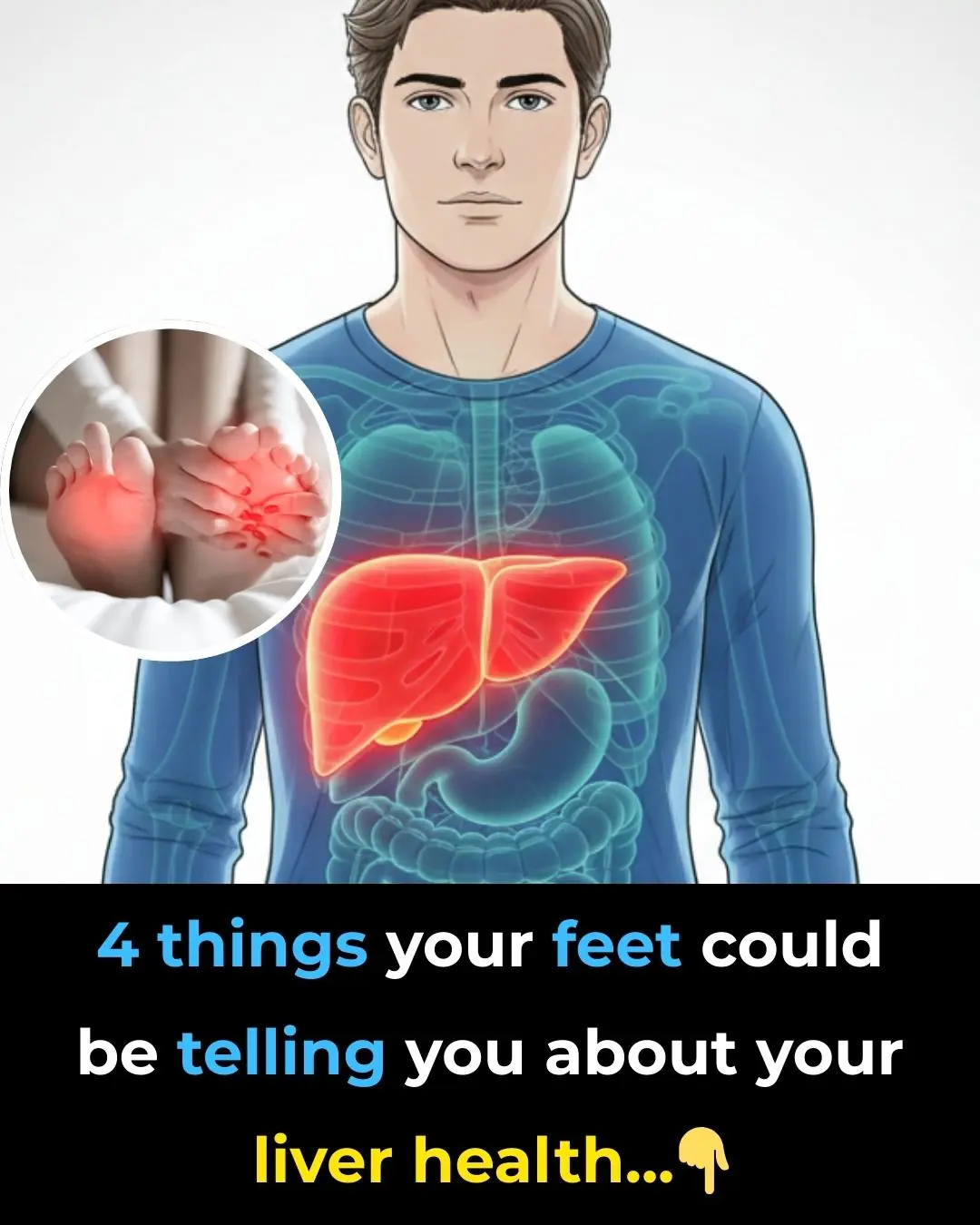
4 Things Your Feet Could Be Telling You About Your Liver Health
News Post

Forget 10,000 steps: Scientists prove 7000 steps gives you ‘almost identical’ life-saving benefits

The Most Effective Natural Way to Remove Gallstones

Objects People Were Confused About Their Purpose

Little Pocket in Women’s Underwear

What are the benefits of aloe vera? Here are 11 uses of aloe vera for health and skin

Just by looking at the spot on the crab's shell, 100% of the meat is packed to the brim, with my husband and children praising it non-stop.

These familiar fruits help improve sleep, especially number 1, which is both affordable and delicious.

Goosegrass: Health Benefits and Uses
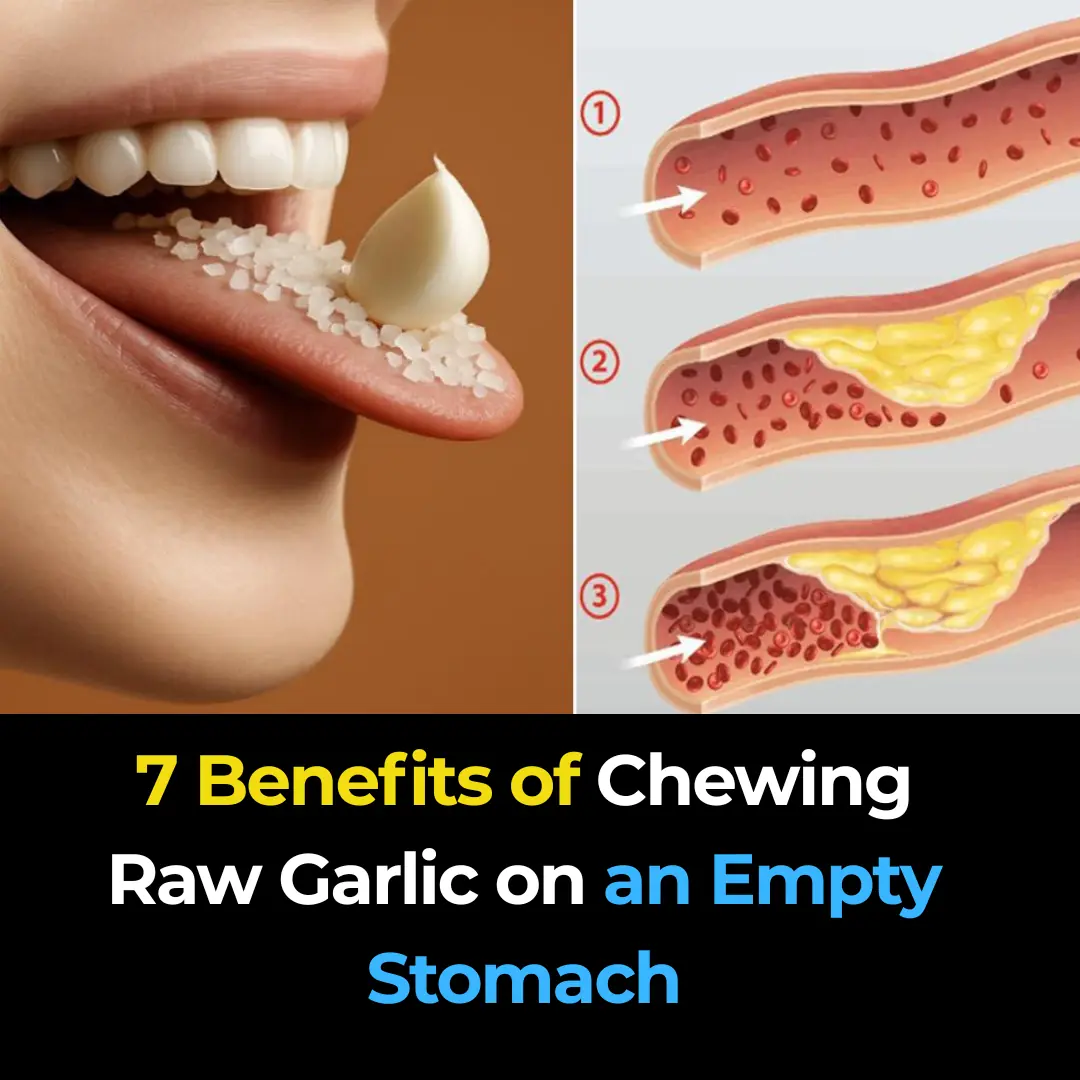
7 Benefits of Chewing Raw Garlic on an Empty Stomach

Here's why you should never sleep with the bedroom door open. FIND OUT MORE IN THE COMMENTS ⬇️
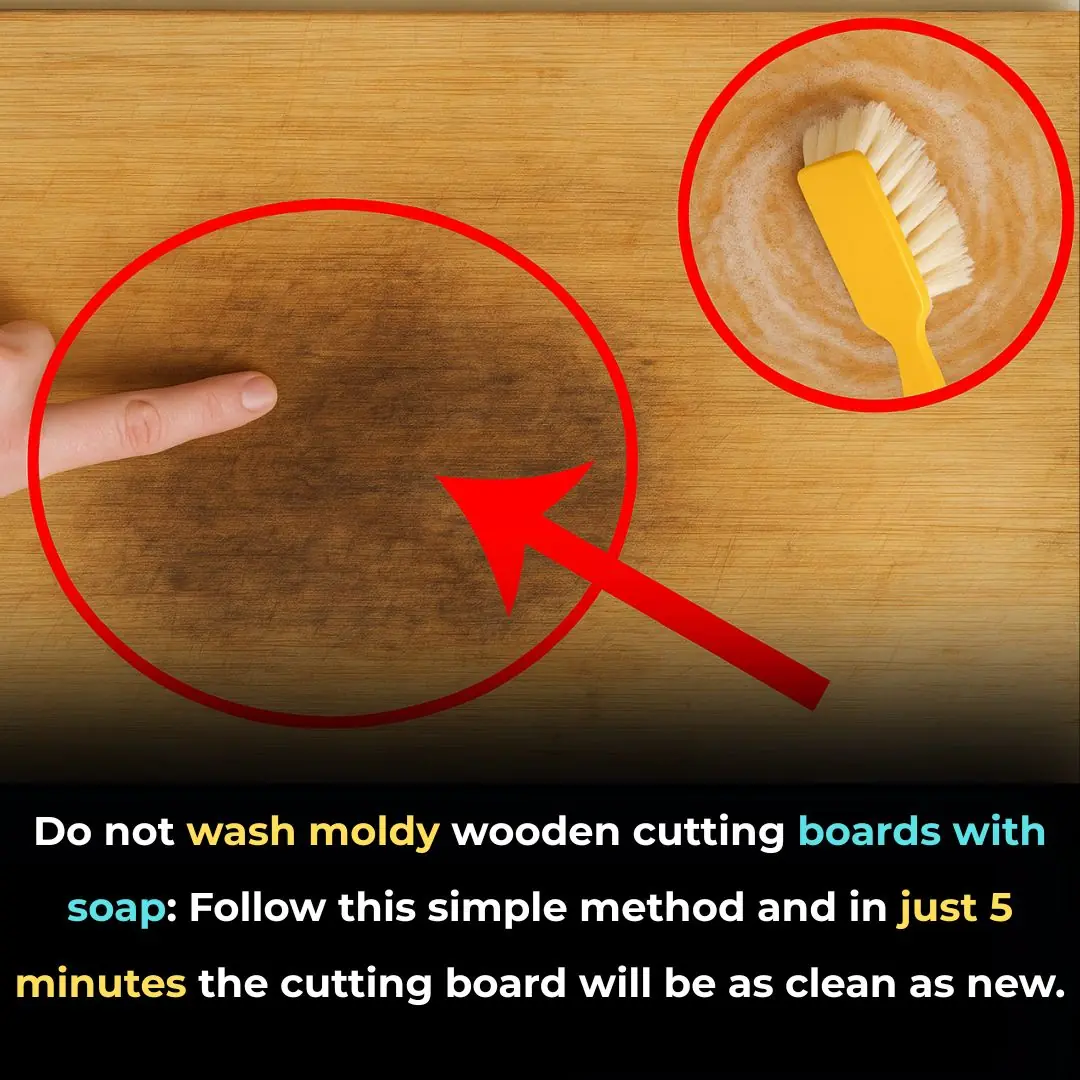
Don’t Wash Your Wooden Cutting Board with Soap When It’s Moldy: Try This Simple Method to Make It Spotless in Just 5 Minutes

Mixing Essential Balm with Toothpaste: A Handy Tip Everyone Should Know, Both Men and Women Will Want to Follow Once They Discover It

They Call It the Blood Sugar Remover: The 100-Year Remedy That Heals Kidneys, Cleans Cholesterol, and Fights Diabetes Naturally
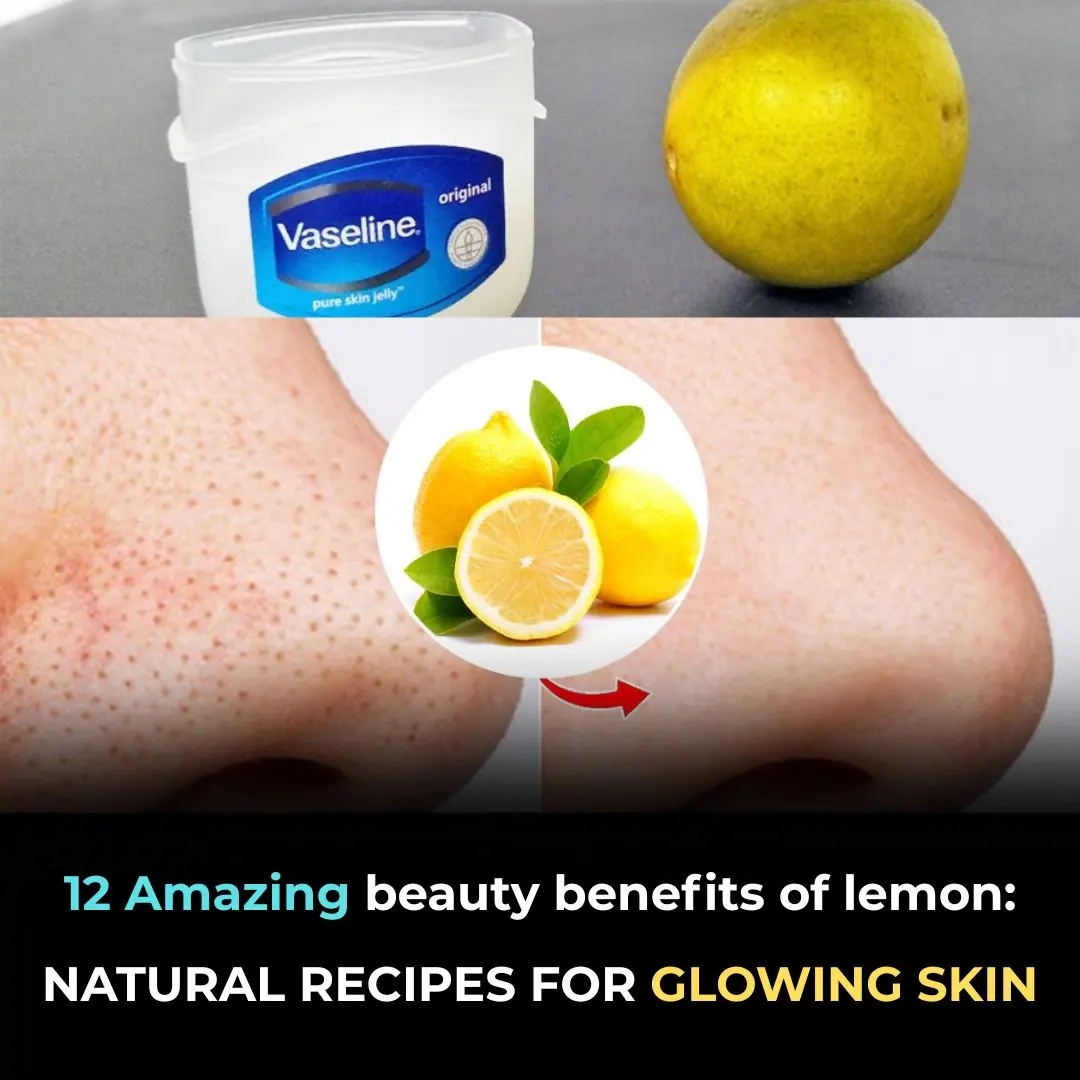
Top 5 Amazing Tips for getting rid of Blackheads and Whiteheads
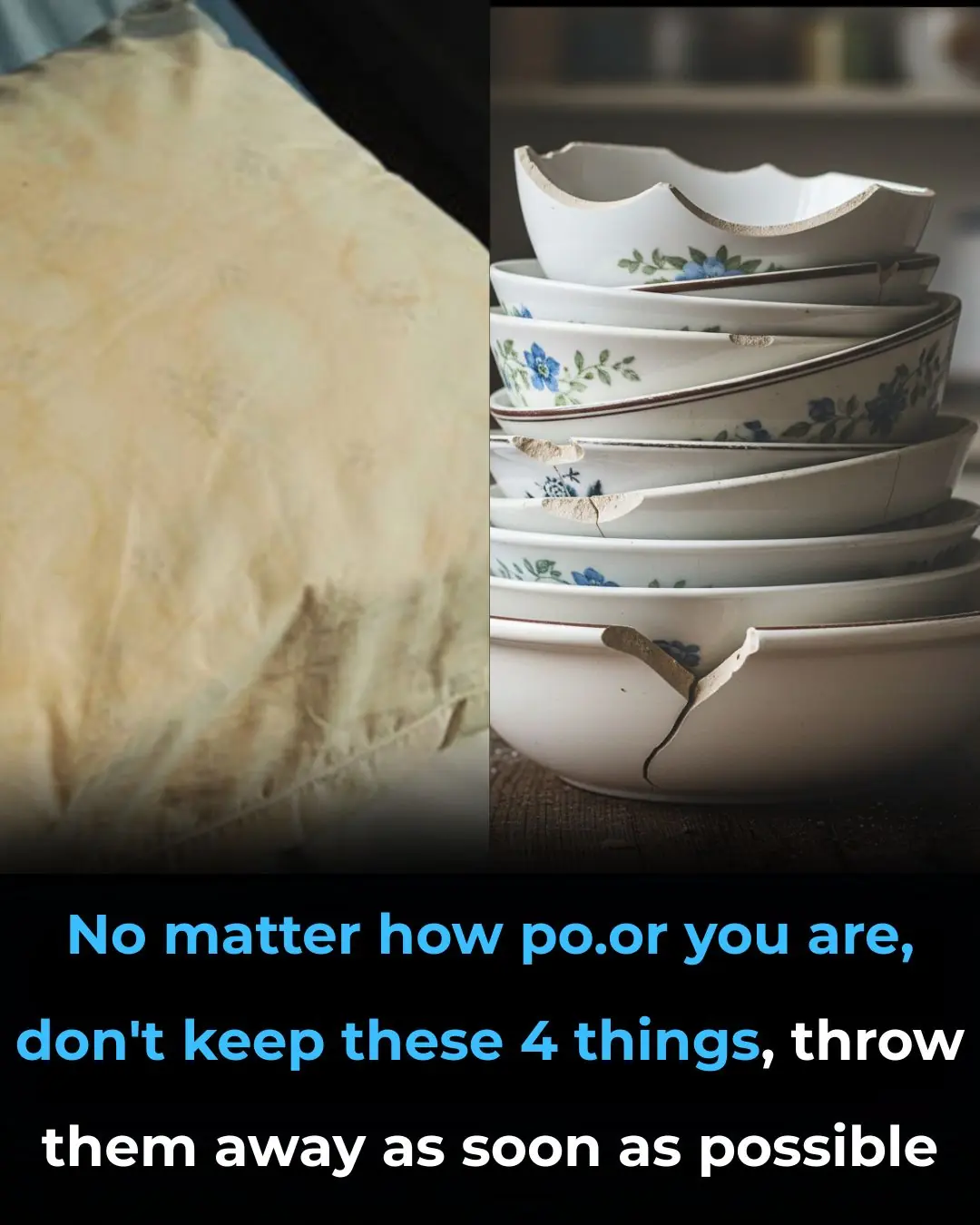
14 Items to Throw Away Right Now

Group finds spiky creatures in nest – shocked when they realize what they are

The Purple Maguey Plant — Benefits and Traditional Uses

How to Naturally Kill The Bacteria That Causes Bloating And Heartburn
